Improved Blade Element Theory and Autorotating Rotor Aerodynamic Characteristics Analysis
DOI: 10.23977/jemm.2023.080303 | Downloads: 32 | Views: 1434
Author(s)
Jizhen Li 1, Bing Lan 2
Affiliation(s)
1 School of Mechanical Engineering, Southeast University, Nanjing, 210000, Jiangsu, China
2 Nanjing Research Institute of Simulation Technology, Nanjing, 210000, Jiangsu, China
Corresponding Author
Jizhen LiABSTRACT
During forward flight, the flow field of autorotating rotor was very complicated, which caused induced velocity of the disc plane difficult to be obtained. In order to analyze aerodynamic characteristics of the autorotating rotor, improved blade element theory, using the unlimited-bladed fixed wake method to establish a mathematical model, which could obtain velocity of the disc plane induced by fixed wake of autorotating rotor. According to the Biot-Savert Theorem, the expression of axial induced velocity of disc plane could be got by integerating. The circulation and induced velocity were all expanded into Fourier series by azimuth, and then axial induced velocity could be carried out by iteration. Combined the blade element theory, aerodynamic forces of the autorotating rotor was obtained, and then analyzed its aerodynamic characteristics.
KEYWORDS
Autorotating rotor; fixed wake; the Blade Element Theory; induced velocity; circulationCITE THIS PAPER
Jizhen Li, Bing Lan, Improved Blade Element Theory and Autorotating Rotor Aerodynamic Characteristics Analysis. Journal of Engineering Mechanics and Machinery (2023) Vol. 8: 13-22. DOI: http://dx.doi.org/10.23977/jemm.2023.080303.
REFERENCES
[1] Zhu Q H. Reseach on key technologies of gyroplane preliminary design [D], Nanjing university of Aeronautics and Astronautics, 2007.
[2] Wang P, Wang S C, Guo C G. Rigid-Wake Analysis of Coaxial Rotor in Hover Aerodynamics[J]. Journal of Nanjing university of Aeronautics and Astronautics, 1997, 29(6):708-710.
[3] Wang S C. Helicopter Aerodynamics [M]. Nanjing university of Aeronautics and Astronautics Press, 1993.
[4] Wang S C. Some doubts in helicopter aerodynamics [J]. Nanjing: Journal of Nanjing university of Aeronautics and Astronautics, 2003, 3(35):225-230.
[5] Chen M, Hu J Z. A method of spatial distribution of helicopter rotor induced velocity [J]. Acta Aerodynamica Sinica. 2005, 23(3):339-349.
[6] Zhu Q H, Li J B, Ni X P, et al. Study on aerodynamic characteristics of autorotating rotor and jump takeoff performance of gyroplane[J]. Acta Aerodynamica Sinica. 2008, 26(3):282-286.
[7] Wang H J, Gao Z. Aerodynamic virtue and steady rotary speed of autorotating rotor [J]. Avta Aero nauticaet Astronautica Sinica, 2001, 22(4):337-339.
[8] Wang J C, Tan J F, Li J B, et al. Investigation of autorotating rotor aerodynamic characteristics based on free wake method[J]. Acta Aeronauticset Astronautics Sinica, 2015, 36(11):3540-3548.
[9] Ji L Q, Zhu Q H, Cui Z, et al. Research on aero-Dynamic characteristics of autorotating coaxial twin- rotor[J]. Journal of Aerospace power, 2012, 27(9):2013-2020.
[10] Wei J B, Xue X Z, Shu J R. An Iterative Solution to the Rotor Attachment Vortex Circulation Distribution [J]. Journal of Ballistics, 2003, 15(1):60-63.
[11] Liu P Q. Air Propeller Theory and Applications [M]. Beijing University of Aeronautics and Astronautics Press, 2005.
[12] Wang H J, Gao Z. Experiment research on the rotor autorotation state for a high-speed helicopter scheme [J]. Avta Acta Aerodynamica Sinica Sinica, 2004, 22(2):151-155.
[13] J. Gordon Leishman. Development of the Autogyro: a Technical Perspective [J]. Journal of Aircraft, 2004, 41(4):765-781.
[14] Ji L Q, Zhu Q H, Li J B. Experimental investigation on aerodynamic characteri- stics of autorotating coaxial twin-rotor and single rotor[J]. Journal of Experiments in Fluid Mechanics, 2013, 27(5):7-10.
[15] Xia L, Liu H. Helicopter Rotor Autorotation Landing Safety Research [J]. Helicopter Technique, 2005, 143(3):15-17.
| Downloads: | 11003 |
|---|---|
| Visits: | 416030 |
Sponsors, Associates, and Links
-
Cybernetics and Mechatronics
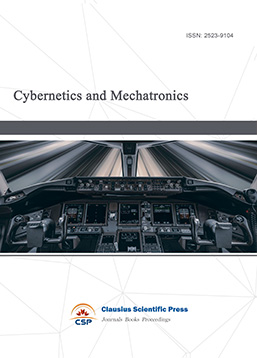
-
Digital Manufacturing and Process Management
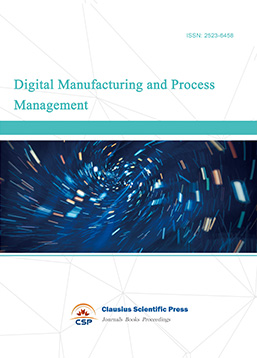
-
Ultra-Precision Machining Process

-
Journal of Robotics and Biomimetics
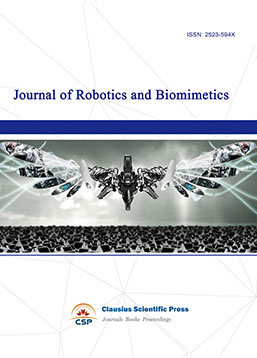
-
Prognostics, Diagnostics and Health Management

-
Micro-Electro-Mechanical Systems

-
Journal of Precision Instrument and Machinery
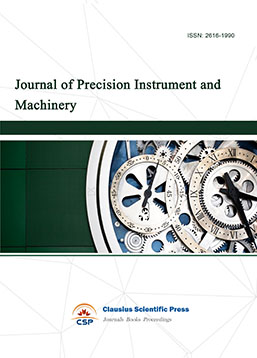
-
Engineering and Solid Mechanics

-
Fracture and Damage Mechanics
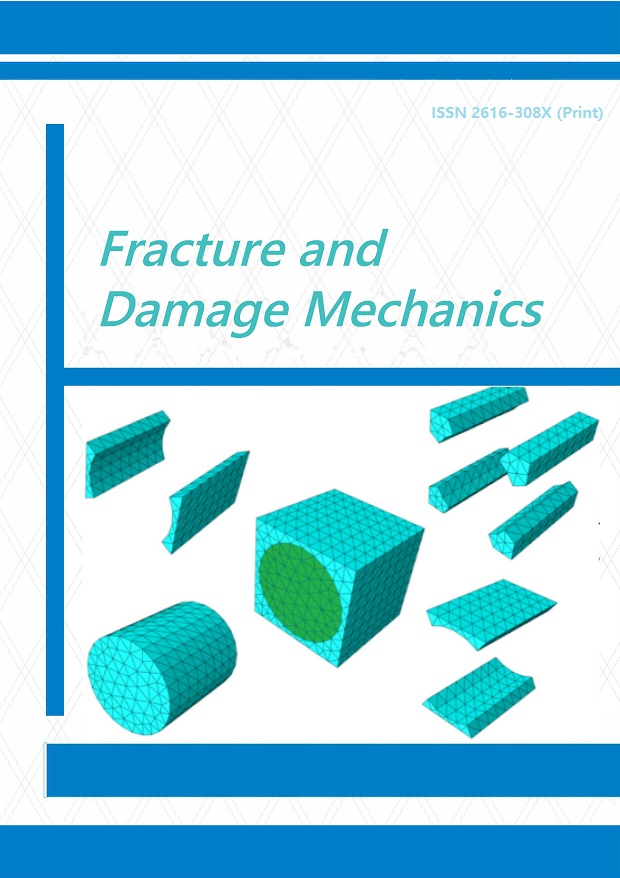
-
Frontiers in Tribology

-
Fluid and Power Machinery

-
Chemical Process Equipment
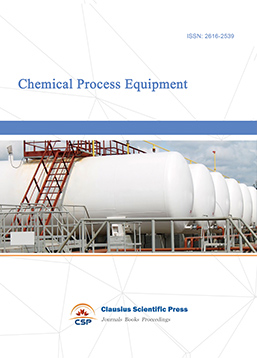
-
Journal of Assembly and Manufacturing
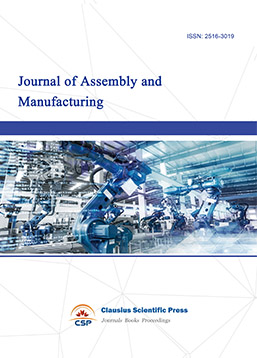
-
Mechanical Vibration and Noise


 Download as PDF
Download as PDF